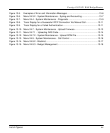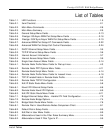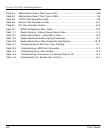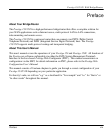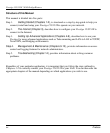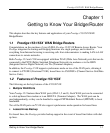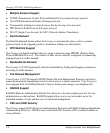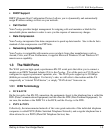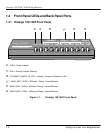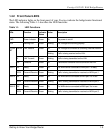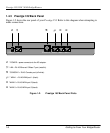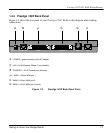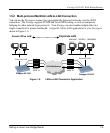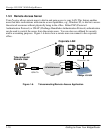
Prestige 153/153X WAN Bridge/Routers
Getting to Know Your Bridge/Router 1-3
• DHCP Support
DHCP (Dynamic Host Configuration Protocol) allows you to dynamically and automatically
assign IP address settings to hosts on your network.
• Call Control
Your Prestige provides budget management for outgoing calls and maintains a blacklist for
unreachable phone numbers in order to save you the expense of unnecessary charges.
• Data Compression
Your Prestige incorporates Stac data compression to speed up data transfer. Stac is the de facto
standard of data compression over PPP links.
• Networking Compatibility
Your Prestige is compatible with remote access products from other manufacturers such as
Ascend, Cisco, and 3Com. Furthermore, it supports Microsoft Windows 95 and Windows NT
remote access capability.
1.3 The WAN Ports
The WAN ports are high-speed, asynchronous RS-232 serial ports that allow you to connect a
modem or an ISDN Terminal Adapter (TA) to the Prestige. Two of the ports on P153X can be
configured to support synchronous operation, also. The WAN ports support up to 230.4kbps
(kilobits per second) throughput. For brevity’s sake, we will refer to the modem and the TA
categorically as “external WAN device”, or simply “WAN device” from now on.
1.3.1 WAN Terminology
• DCE & DTE
On the two ends of an RS-232 connection, the equipment closest to the telephone line is called the
DCE (Data Communications Equipment) and the other the DTE (Data Terminal Equipment). In
our case, the modem or the ISDN TA is the DCE, and the Prestige is the DTE.
• PSTN & POTS
Collectively, the interconnected network of the voice grade networks of the individual telephone
companies is called PSTN (Public Switched Telephone Network), and a regular telephone line is
often referred to as a POTS (Plain Old Telephone Service) line.



